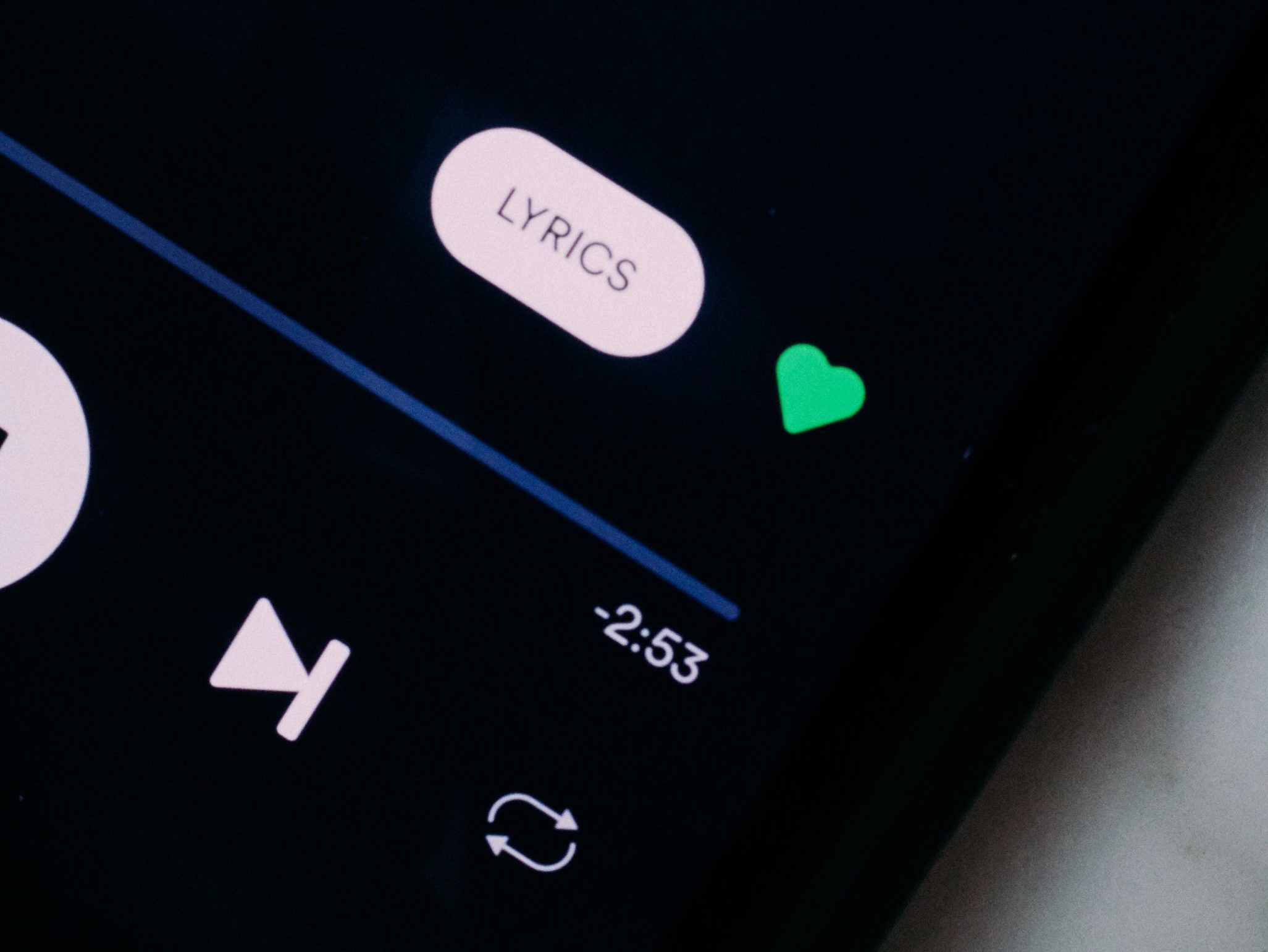12/5/22
Come the beginning of December, Spotify users around the world are met with a series of colorful slides and infographics that detail their year through music. Spotify Wrapped is a viral marketing campaign turned social media trend that originated in 2015 and has been highly popular amongst users in subsequent years. Users are able to view a compilation of data about their activity on the listening platform over the past year, and they can subsequently share their Wrapped summaries to social media for friends and family to compare. For an entire day (and then some) after Spotify Wrapped results are released, one can expect to see Instagram stories flooded with streaming statistics that either poke fun at embarrassing taste or boast about avant-garde listening habits.
Historically, Spotify Wrapped has included the five musicians that a user listened to most often, the songs which they listened to the most, and their favorite music genres. When the first iteration of Spotify Wrapped was launched in 2015, the tool included these base statistics, but it did not gain its sensational traction until two years later with the addition of customizable, quirky graphics that most users are familiar with today. Since then, the Wrapped experience has only grown in popularity. In 2017, roughly 30 million Spotify users accessed Wrapped. By 2021, that number had grown to more than 120 million, and there were almost 60 million shares of Wrapped stories and graphics across social media platforms.
What sets Spotify apart from the rest of its competitors is the personalization of user data and the way that it is so cleverly presented. In 2021, Spotify Wrapped featured an “Audio Aura” that showed listeners the top two colors that corresponded with their listening preferences. For instance, users with purple in their Audio Auras were said to “tune in to get amped up, entertained, and moving while they navigate the twists and turns of their day,” while individuals with pink were referred to as “the hopeless romantics of the aura spectrum,” viewing the world “with a sense of optimistic, childlike wonder.” Most recently in 2022, Wrapped took on a space travel theme, and created “listening personalities” for users that included four distinct letters that each represented a different personality descriptor (much like those in the Myers-Briggs Type Indicator). “The Voyager,” for instance, was said to expand their world through sound, like a “musical globetrotter.” The four words used to describe this type were Exploration, Newness, Loyalty, and Commonality, resulting in an acronym of ENLC. On top of these unique presentations of music taste and listening patterns, Spotify Wrapped is also full of witty lines of text that give the platform an almost sentient quality. The 2022 Wrapped opens with “Enough about 2022, let’s talk about *you*,” as if the user and the platform are catching up as old friends. When presenting music genres, Wrapped lists the total number of genres that a user ventured into year, followed by sassy text that reads, “look at you, you little astronaut.”
While the graphics provide users with a great amount of fun, at the end of the day, Spotify Wrapped is an extremely effective marketing campaign. Every year, the company gets its chance to drive a social media trend and simultaneously benefit from free advertising through its millions of users. In order to accomplish this, Spotify needs to know a lot about its users. It is no secret that the streaming platform uses artificial intelligence to recommend music to users based on factors such as what they have listened to in the past. Its impressive data analytics are useful for discovering new music and understanding more about what one listens to, but they also serve as a reminder of how a company can conduct in-depth surveillance of users’ personal behavior over a long period of time. Spotify’s use of cool neon colors and aesthetically-pleasing packaging shouldn’t draw away from the fact that they continue to profit off of user data.
As more and more tech companies are found at fault for tracking users and storing their data, Spotify still manages to avoid widespread criticism. In fact, users actually look forward to Wrapped’s arrival every day. And while the music that we listen to may not seem like intimate, personal data, it is important to understand what listening patterns can be indicative of. For instance, data that shows a user has played “We Don’t Talk About Bruno” from Disney’s Encanto hundreds of times in just one year may indicate that this individual has a child.
In this age of digitized capitalism where the user is constantly engrossed with their own feedback loop, Spotify Wrapped serves as a prime example of just how fascinated users are with what data reveals about them. While many are always excited to see what they have listened to in a given year, it is also important to remember that Spotify is listening too.

